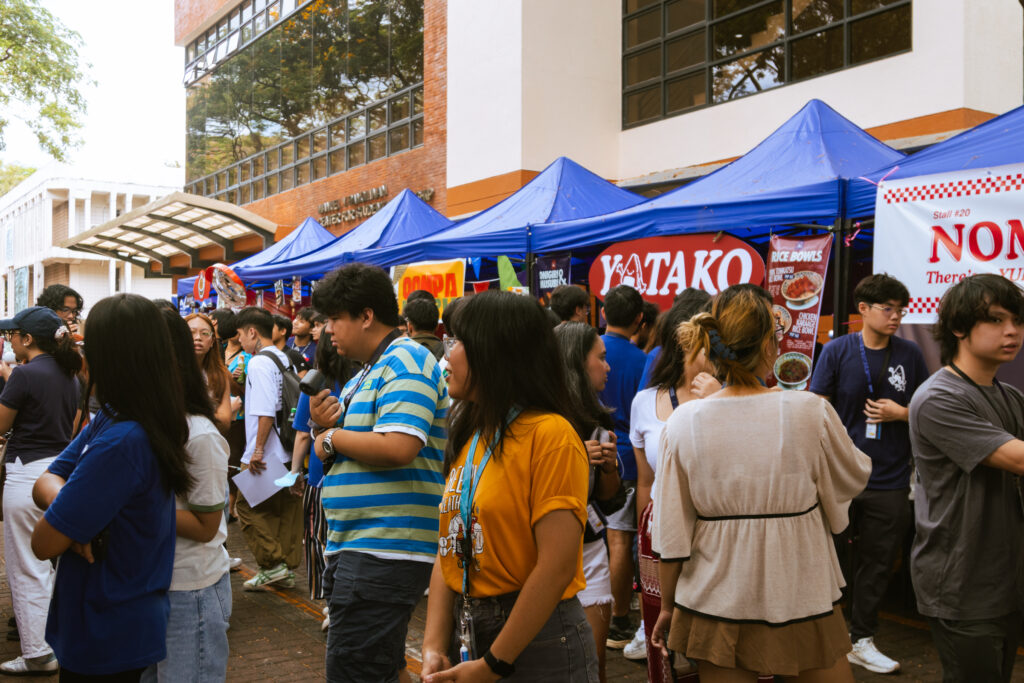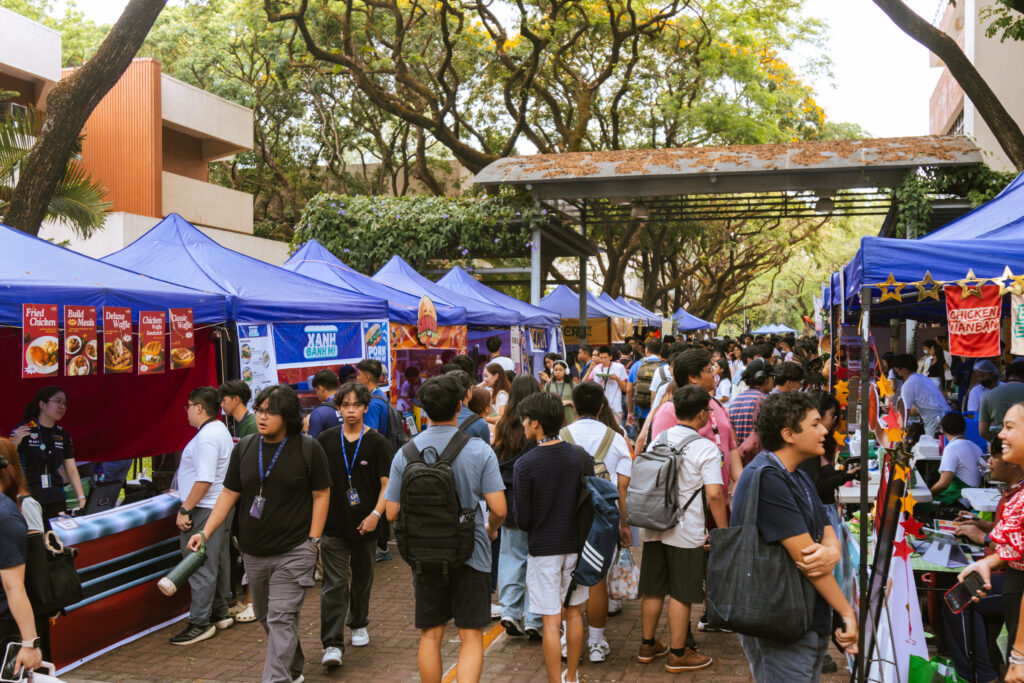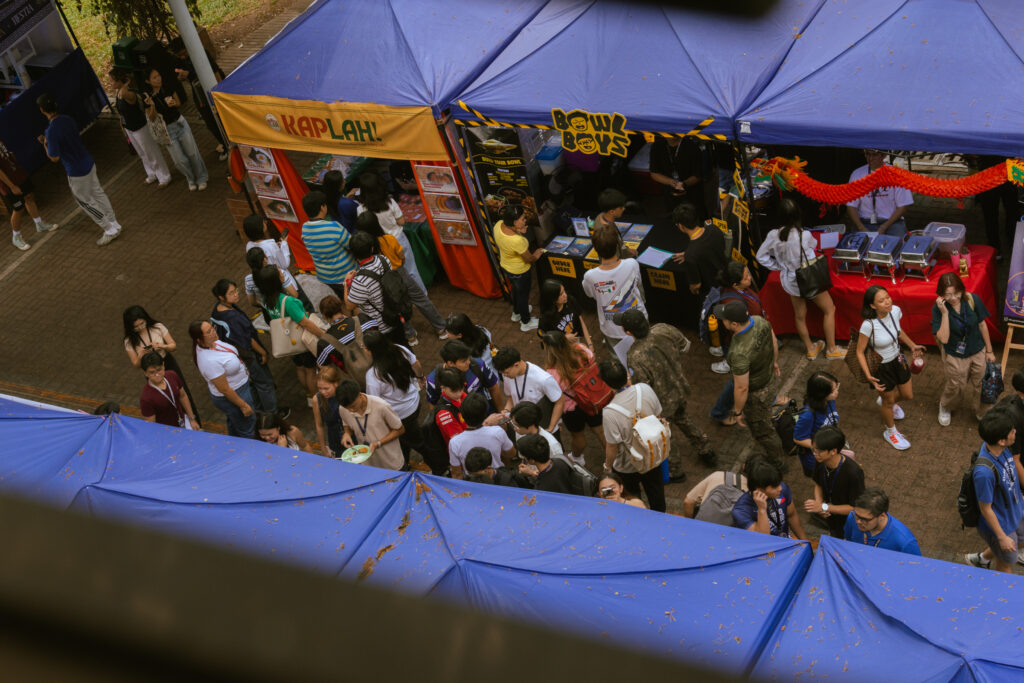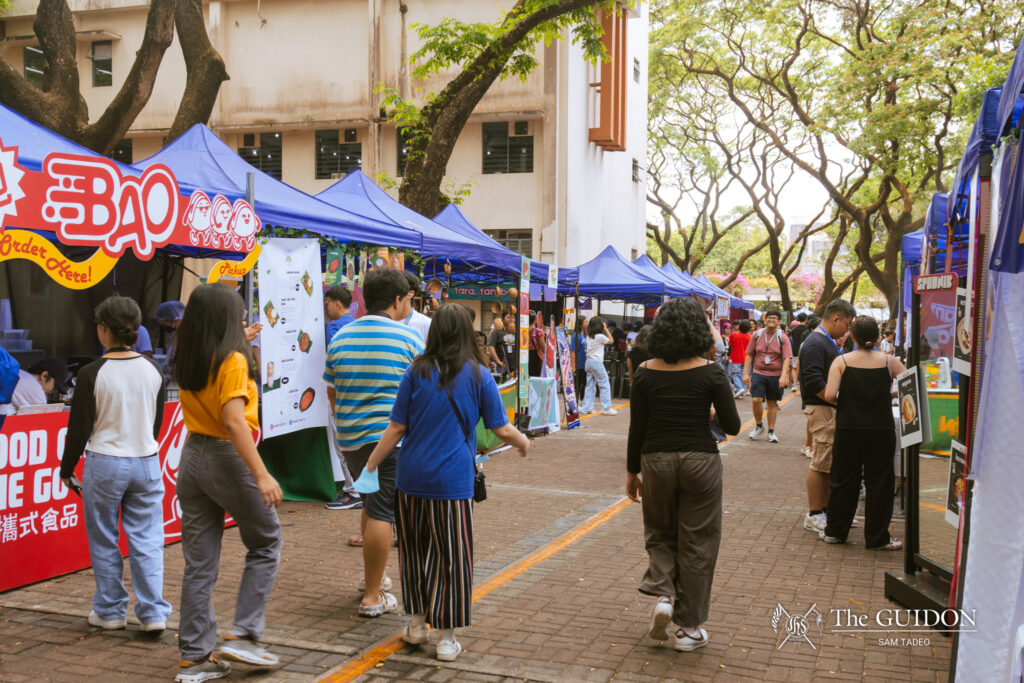When one thinks of the province of Ilocos, the crispy bagnet and the colonial architecture of Vigan come to mind. But beyond the regular tourist spots and dishes, there are cultural practices that lie within the famed cobblestoned streets and antique churches of Ilocos.
On October 25, the Ateneo Sociology and Anthropology Department held the culminating dinner for this year’s Ateneo Cultural Laboratory at Victorino’s Restaurant in Quezon City.
The Ateneo Cultural Laboratory is a summer immersion program for Ateneans to explore cultural heritage in the Philippines. The dinner, entitled “Ilocano Recipes for a Warmer Planet,” was organized by the Cultural Heritage Studies program head, Fernando Zialcita, PhD, and was centered around the Ilocos region, the immersion location of last intersession’s batch of students.
Focusing on the preservation of cultural heritage in the area, Zialcita’s students each delivered their group’s presentation on what they have learned. Zialcita and his students used the dinner as a means to bring to light issues with regard to the preservation of cultural heritage in the region, with topics ranging from the art of binakul and tamborin to food preparedness in times of disaster. “If you want to know about heritage, you start with food. It’s more accessible,” Zialcita explained.
Supper was excellently prepared by Chef Heny Sison, who focused the night’s dinner on the kamote. With a variety of dishes, such as crispy lumpiang kamote with hipon and tender roast beef with a sweet potato mash on the side, each dish’s hero was the humble root crop. Favorites among the crowd also included the creamy sweet kamote soup and the saccharine patopat with mango balls.
The reason for making the kamote a star during this dinner was made clear through a talk by science research fellow at the Manila Observatory, Emma Porio, PhD, who spoke about food preparedness in the age of climate age.
According to her, noodles and sardines are the common food during disasters. But these are only contributors to pollution and poor health, with their plastic wrappers and processed ingredients. The kamote is the perfect solution to that, as it is a food that thrives in dry areas and needs little maintenance. We need to “innovate recipes [that] cool the earth,” she said, citing the kamote as the perfect jumping off point.
The proposed solution of Porio was further elaborated in a presentation by Perry de Villa (5 BFA ID), who discovered that “vegetables are a way of life” according to the Ilocanos he met through the immersions of the Ateneo Cultural Lab. He also described various dishes, such as dengdeng, buridbud, and pinakbet, as particularly easy to make due to their simple cooking methods, such as boiling.
However, according to De Villa, due to today’s generation being more inclined to meat—something that is perceived as “more masarap” or tastier than “bland” vegetables—this otherwise vibrant cuisine has been dying down.
Dying crafts
Similarly, two other crafts that have been slowly dying due to lack of interest from the youth are the art of making binakul and tamborin. Binakul is weaving optical illusions into the clothing and fabrics of the Ilocano people, which are traditionally believed to have healing properties. Tamborin is the weaving of gold or silver into jewelry, and is usually passed down through families.
Students Benjamin Eusebio (5 BS MGT and AB SOS) and Bea Constantino (3 BFA CW) presented in detail how both crafts have been left behind by modern times, despite being a vibrant part of the province’s culture. They explained in their presentations that higher salaries and better job opportunities have been some of the reasons as to why young Ilocanos have left behind the practice.
According to Zialcita, this lack of attention has led these crafts to slowly die. “I’m very concerned, because [while] we’re happy that the architecture is being saved…nothing is being done about the crafts,” he explained.
Through dinners such as this, Zialcita hopes to change that. “First of all, the dinner is part of the yearly syllabus because they have to know a little about food. I wanted them to be aware of the regional diversity of the Philippines—that every region has its own particular flavour, which we have to respect,” he said, describing the Ateneo Cultural Lab’s curriculum. According to him, it is through this opportunity of learning and respecting the culture of Ilocos that is leading students to join the discussion.
Ilocano cuisine is but a gateway to learning so much more about this fascinating province. It isn’t, however, just about helping the culture of this region thrive, but also about adapting parts of the culture that can help other Filipinos in times of need. A lot can be learned from the Ilocano culture. However, the issues raised by Porio and Zialcita’s students have to—and must—reach beyond just dinner and the academe, for tangible change to happen.
Photo by Marga Magalong






